Optical generative models are demonstrated for the rapid and power-efficient creation of never-seen-before images of handwritten digits, fashion products, butterflies, human faces and Van Gogh-style artworks.
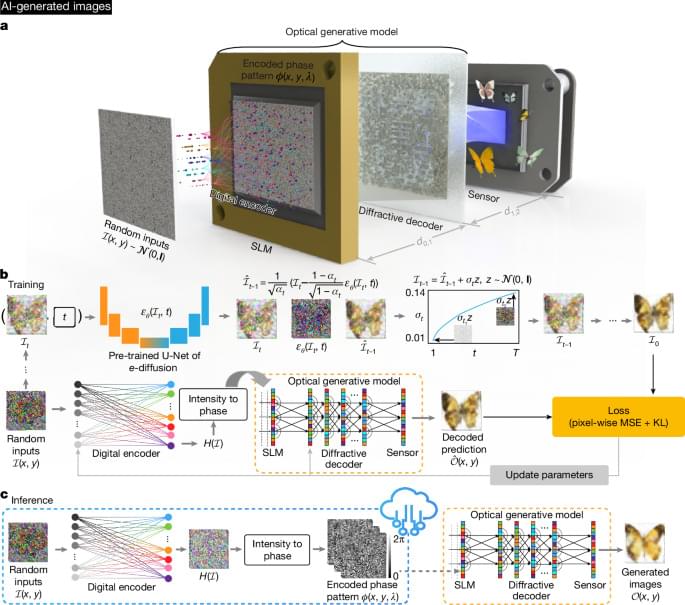

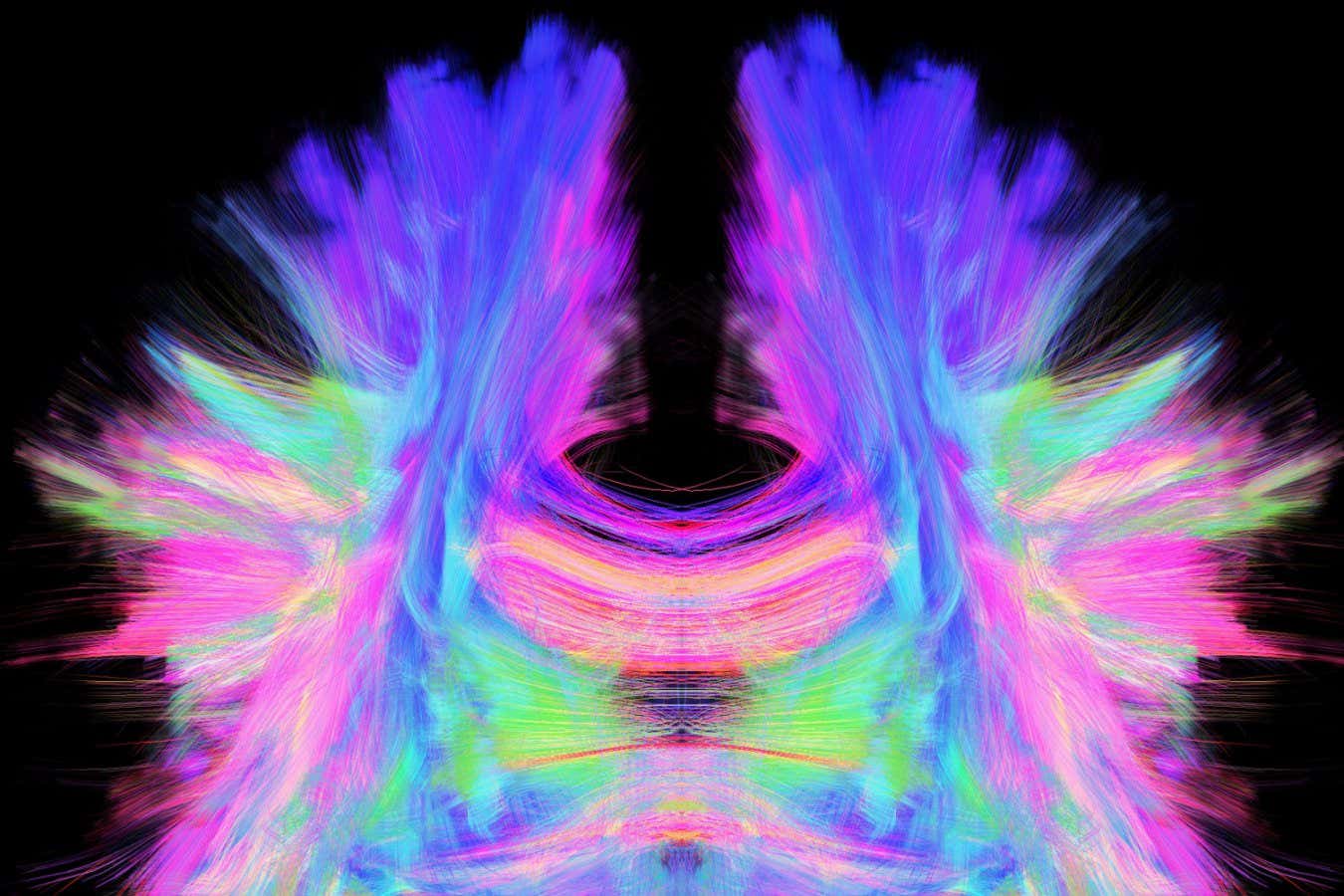
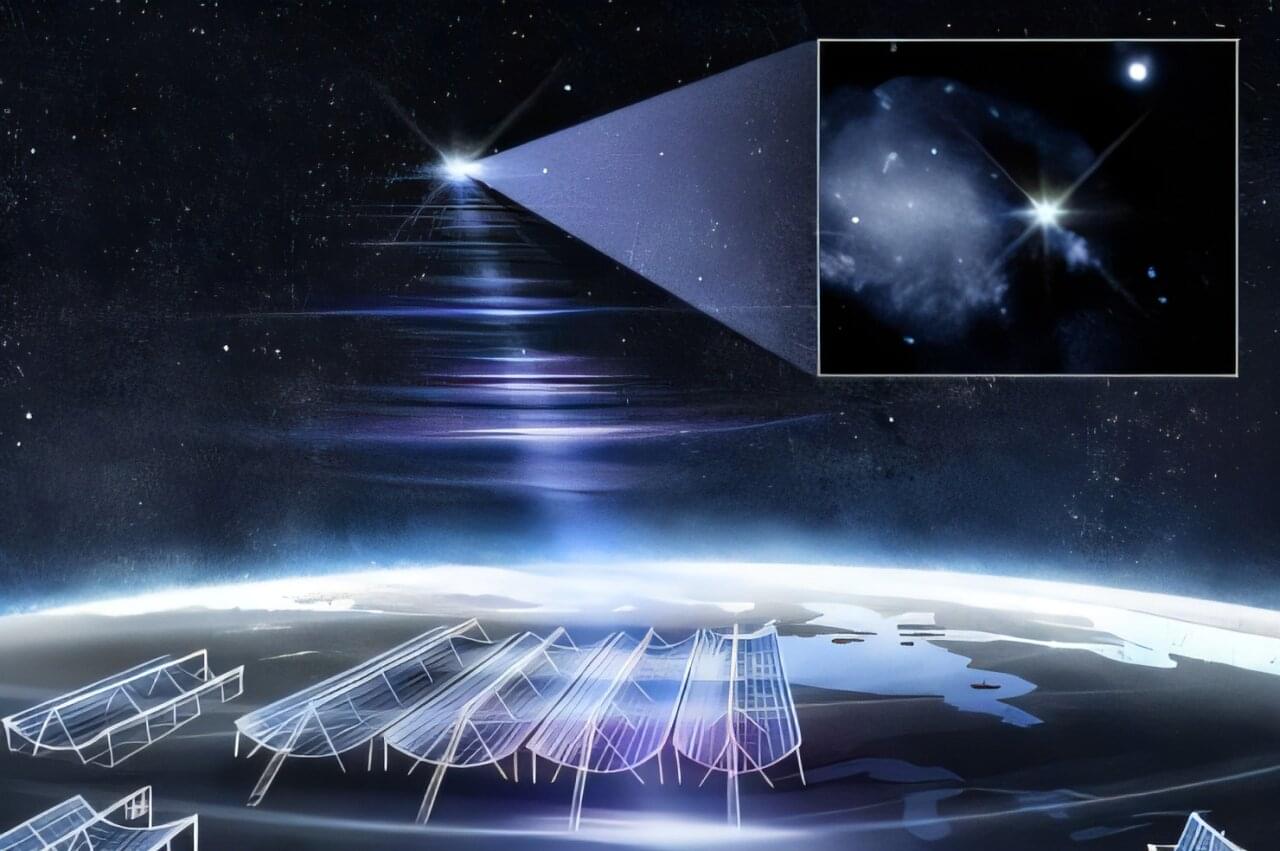
An international collaboration of astronomers, including researchers from the University of Toronto, have detected the brightest Fast Radio Burst (FRB) to date—and have been able to pinpoint its location in a nearby galaxy by using a network of radio telescopes.
FRBs are extremely energetic flashes from distant sources from across the universe that are caused by extreme astrophysical phenomena. Yet, they remain poorly understood by scientists and are among astronomy’s most mysterious phenomena. Pinpointing their location promises to usher in a new era of discovery, allowing scientists to trace their true cosmic origins.
The new FRB signal, called FRB 20250316A and playfully nicknamed RBFLOAT (“radio brightest flash of all time”), was very precisely localized using a new FRB Outrigger array as part of the Canadian Hydrogen-Intensity Mapping Experiment (CHIME), which has detected thousands of FRBs since 2018. These smaller versions of the CHIME instrument—located in British Columbia, Northern California and West Virginia—allow astronomers to perform very long baseline interferometry (VLBI), a technique that can pinpoint the location of FRBs with unprecedented accuracy.
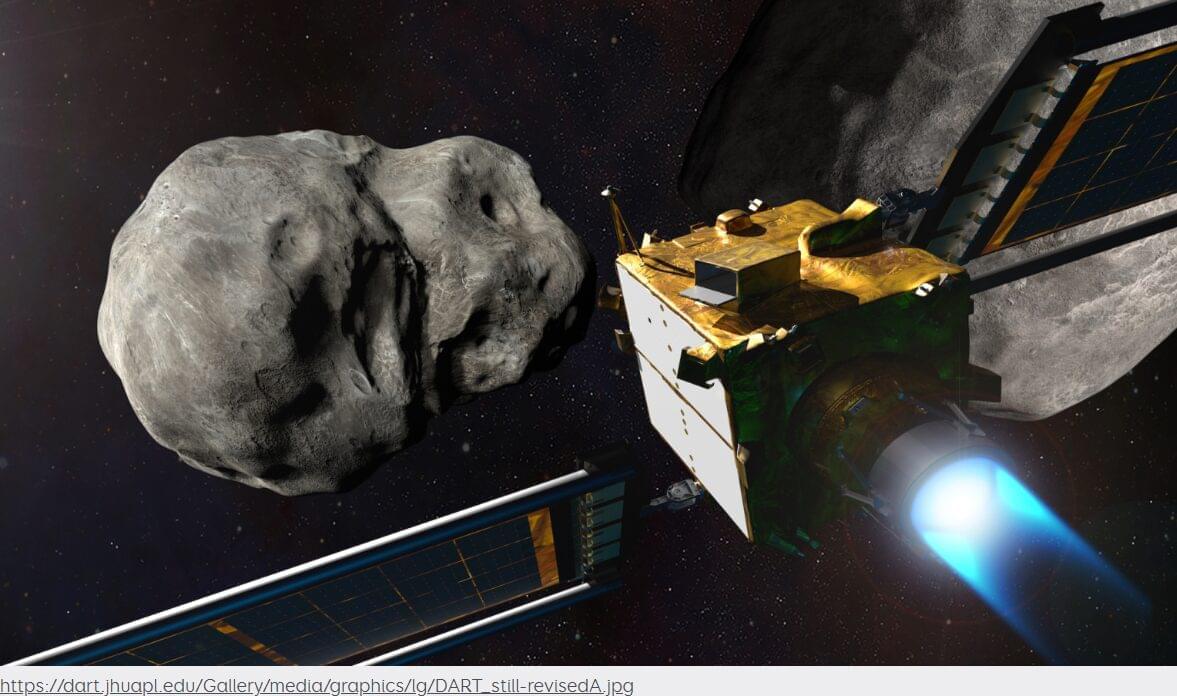
Asteroid deflection could save Earth, or accidentally doom it, depending on where we aim the impact.
Scientists caution that asteroid deflection must be precise, as striking the wrong spot risks sending it through a gravitational keyhole that sets up a future collision with Earth. Using lessons from NASA’s DART mission, researchers are developing probability maps to guide safer impact strategies.
Selecting the right spot to smash a spacecraft into the surface of a hazardous asteroid to deflect it must be done with great care, according to new research presented at the EPSC-DPS2025 Joint Meeting this week in Helsinki. Slamming into its surface indiscriminately runs the risk of knocking the asteroid through a ‘gravitational keyhole’ that sends it back around to hit Earth at a later date.

Interesting paper where microintravascular electrodes were inserted into cortical veins of pigs to record somatosensory and visual neuronal activity as well as selectively stimulate motor areas. Compared to electrocorticography, this is a less invasive approach with similar capabilities. #neurotech [ https://doi.org/10.1002/aisy.202500487](https://doi.org/10.1002/aisy.202500487)
Intravascular electroencephalography (ivEEG) with microintravascular electrodes enhances neural monitoring, functional mapping, and brain–computer interfaces (BCIs), offering a minimally invasive approach to assess cortical activities; however, this approach remains unrealized. Current ivEEG methods using electrode-attached stents are limited to recording from large vessels, such as the superior sagittal sinus (SSS), restricting access to cortical regions essential for precise BCI control, such as those for hand and mouth movements. Here, ivEEG signals from small and soft cortical veins (CV-ivEEGs) in eight pigs using microintravascular electrodes are recorded, achieving higher resting-state signal power and greater spatial resolution of somatosensory evoked potentials (SEPs) compared to SSS-based ivEEG. Additionally, ivEEG recorded from deep veins clearly captures visual evoked potentials. Furthermore, comparisons between CV-ivEEG and electrocorticography (ECoG) using epidural and subdural electrodes in two pigs demonstrate that CV-ivEEG captures cortical SEPs comparable to ECoG. Targeted electrical stimulation via cortical vein electrodes induces specific contralateral muscle contractions in five anesthetized pigs, confirming selective motor-region stimulation with minimal invasiveness. The findings suggest that ivEEG with microintravascular electrodes is capable of accessing diverse cortical areas and capturing localized neural activity with high signal fidelity for minimally invasive cortical mapping and BCI.
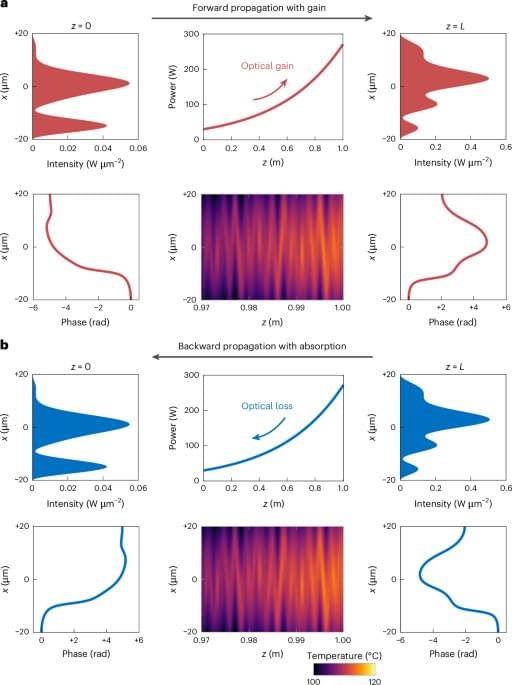


If you think a galaxy is big, compare it to the size of the universe: it’s just a tiny dot which, together with a huge number of other tiny dots, forms clusters that aggregate into superclusters, which in turn weave into filaments threaded with voids—an immense 3D skeleton of our universe.
If that gives you vertigo and you’re wondering how one can understand or even “see” something so vast, the answer is: it isn’t easy. Scientists combine the physics of the universe with data from astronomical instruments and build theoretical models, such as EFTofLSS (Effective Field Theory of Large-Scale Structure). Fed with observations, these models describe the “cosmic web” statistically and allow its key parameters to be estimated.
Models like EFTofLSS, however, demand a lot of time and computing resources. Since the astronomical datasets at our disposal are growing exponentially, we need ways to lighten the analysis without losing precision. This is why emulators exist: they “imitate” how the models respond, but operate much faster.
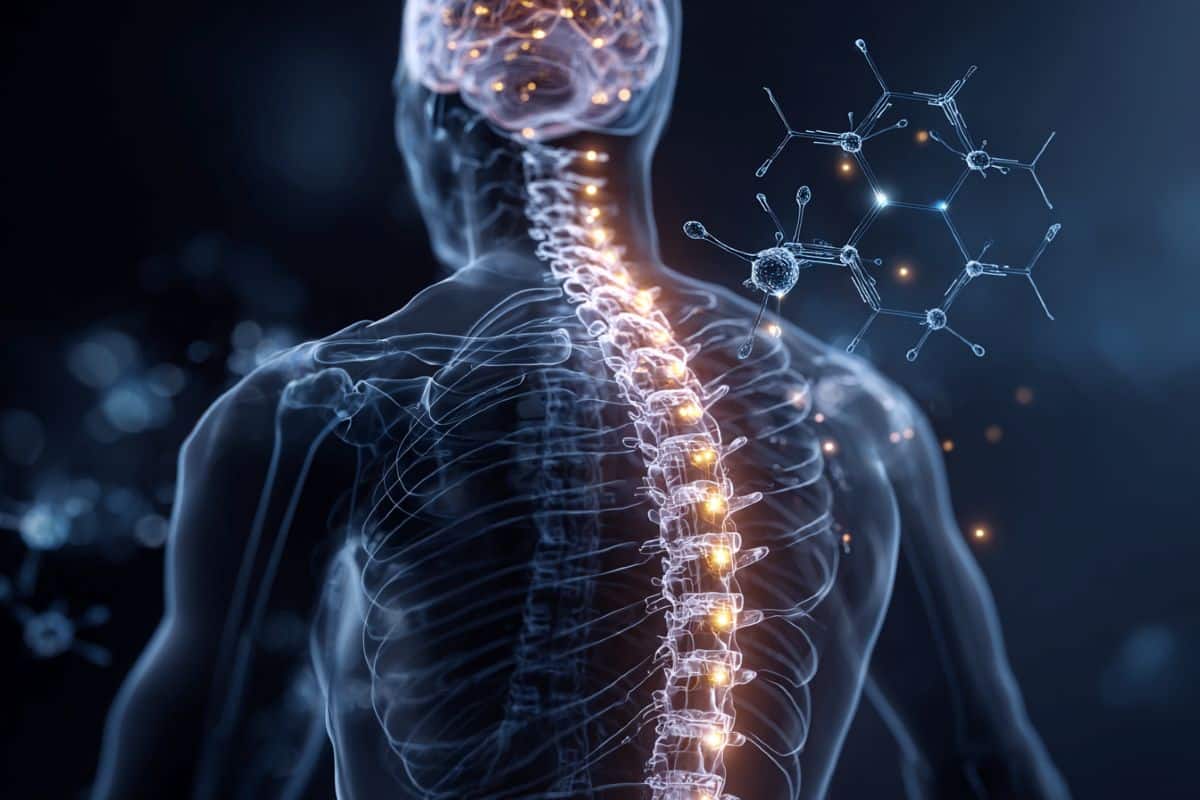
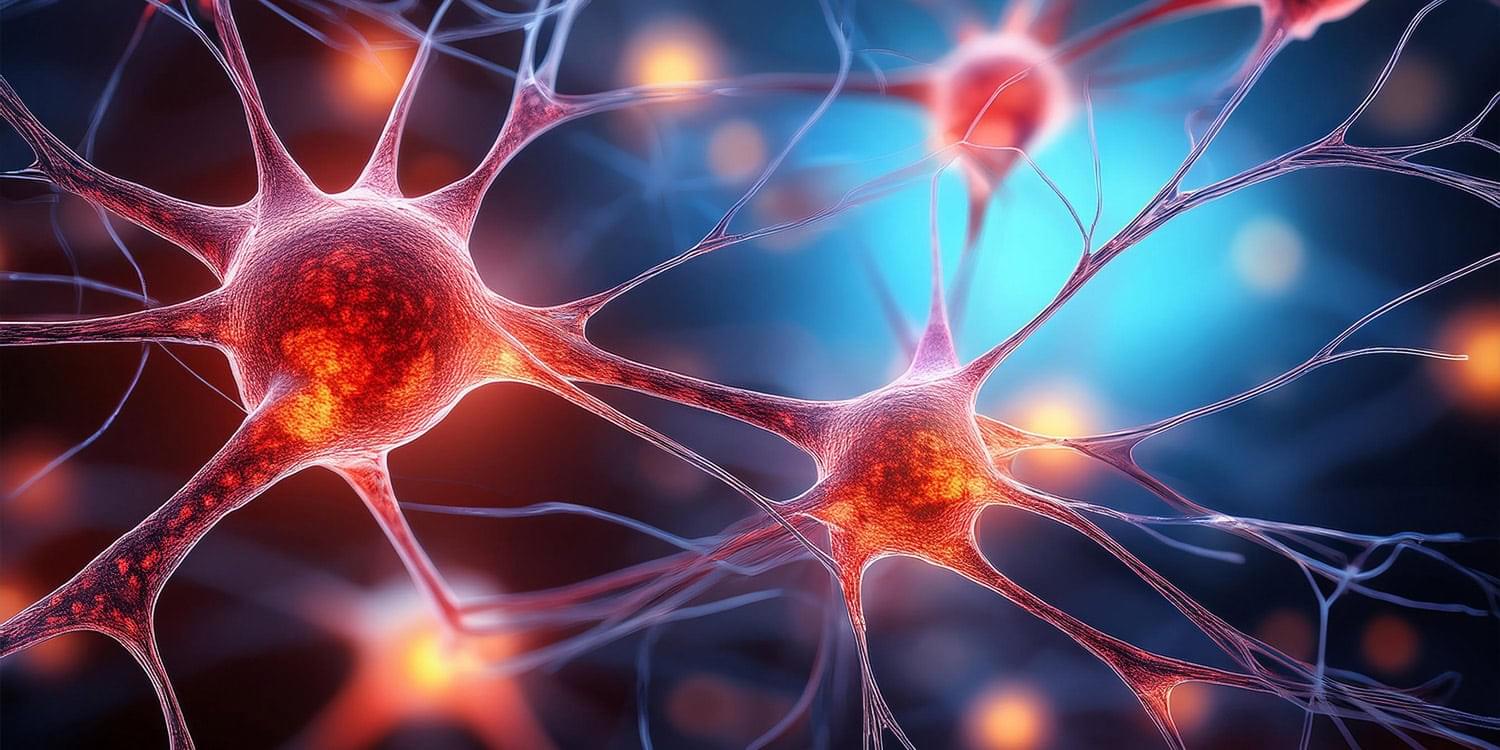
A new study has found that a chick’s ability to mentally organize numbers along a line from left to right is not learned but is instead a direct result of brain specialization that occurs before hatching. Researchers found that exposing chick eggs to light in the final days of incubation causes the two hemispheres of the brain to develop distinct functions, which in turn establishes an innate tendency for the chicks to count from left to right.
For many years, scientists and philosophers have debated the origins of the “mental number line,” a common intuition where people visualize smaller numbers on the left and larger numbers on the right. The prevailing theory suggested this was a cultural artifact, learned through years of reading and writing in a left-to-right direction.
However, this idea has been challenged by findings that pre-verbal infants and even some animals exhibit a similar spatial bias for numbers, suggesting a deeper, biological foundation. Researchers have hypothesized that this foundation lies in brain lateralization, the process where the left and right hemispheres of the brain become specialized for different cognitive tasks. While this connection seemed plausible, there was little direct experimental evidence to confirm that brain specialization actually causes this numerical mapping.